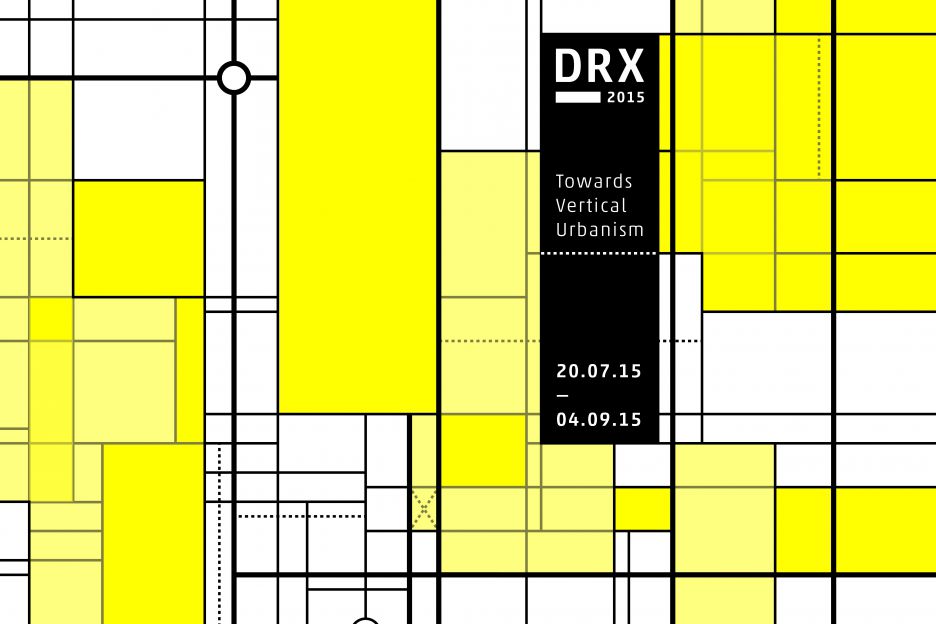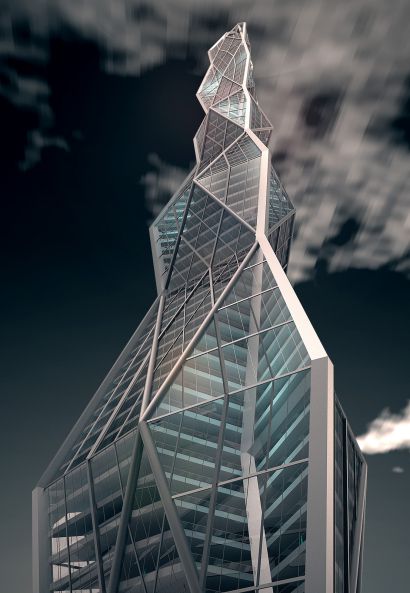Submitted by WA Contents
Call for applications:Towards Vertical Urbanism
United Kingdom Architecture News - Apr 15, 2015 - 11:14 3672 views

HENN design studio makes a new call for Vertical Urbanism in the scope of 2015 -DRX.
''We live in a rapidly urbanizing world: By 2050 almost 70 percent of the world’s population will live in cities. As metropolises continue to densify and the average height of buildings reach ever skyward, high-rise towers will play an integral role in the dynamic evolution of our future urban landscapes. However, this vertical expansion and its currently unresolved relationship to the horizontal plane, pose a new set of challenges.''
In 2015 the DRX will address these challenges and continue its investigation of high-rise research and design strategies in search of innovative and prototypical models for our future cities.
HENN is calling for applications from researchers and designers around the world, to join our residency program in Berlin from July 20th – September 4th 2015. We encourage you to formulate a short abstract expressing your research/design focus, addressing one of the three underlying themes:

Prototower 02-DRX 2013 image © HENN
I: Urbanity & Integration
Historically, cities have been horizontally organized systems, comprised of plazas, streets, buildings, blocks, and parks. They all play an integral role in shaping the image of the city and set the stage for a vibrant public life. High-rise buildings, however, are often singularly programmed entities, disassociated from the surrounding urban context providing little added value to the urban community.
- How can we translate the dynamic urban qualities of a horizontal city into the vertical tower?
- How can the tower itself be harmoniously integrated into the existing urban fabric?
II: Accessibility & Flow
The elevator, providing an efficient mode of vertical circulation, has greatly enabled the development of the high-rise tower. However, due to its strict mode of destination-oriented, unidirectional movement, it simultaneously limits the user experience.
- How can we develop alternative modes of circulation within a tower, just as a city can be experienced in different ways and velocities?
- How can the transition of horizontal locomotion and vertical transportation be organized within and across multiple buildings?
III: Climate & Atmosphere
High-rise towers are often hermetically sealed, fully climatized environments, which exclude (or limit) exterior conditions such as daylight and natural ventilation.
- How can we set up natural conditions to create “micro-climates” which translate the exterior qualities of the city into the context of the high-rise tower?
- How can the boundary between inside and outside be dissolved?
Abstract Submission
If you have ideas or are researching on topics regarding one of the above clusters, we encourage you to submit your abstract and a letter of motivation by April 30th, 2015.
The abstract should conceptualize an idea or a topic of interest you wish to carry out during the 7 weeks of the DRX in dialogue with us and our network of experts.
Up to 7 submissions will be chosen by May 15th, 2015 to be carried out as part of the DRX.
By June 30th, all participants are expected to submit a research project proposal, which outlines their method and state of the art.
Important Dates
30.04.2015:End Of Abstract Submission
15.05.2015:Notification Of Abstract Acceptence
30.06.2015:Submission Of Final Research Project Proposal
20.07.2015:Start Of DRX with Kick-Off Event and Keynote Lectures